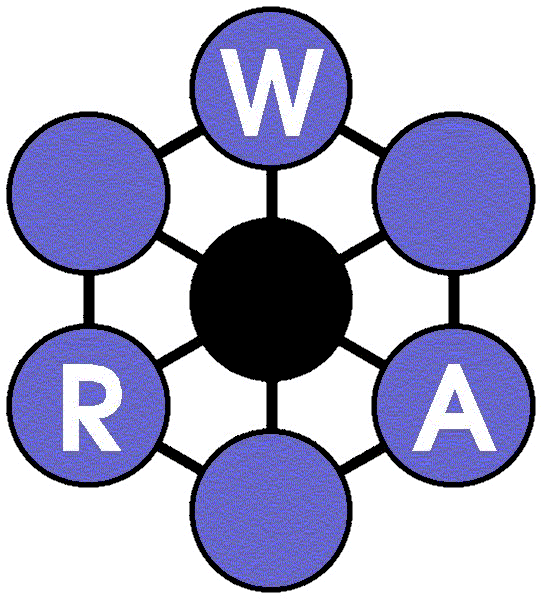Hydrological models serve a range of purposes but they are used primarily to estimate runoff from sequences of rainfall and the meteorological information needed to estimate potential evaporation. They can be used to estimate river flows at ungauged sites, fill gaps in broken records or extend flow records with respect to longer records of rainfall.
Powerful models are based on physical principles governing the movement of water within a catchment area, but they need detailed high-quality data to be used effectively.
More commonly, simpler conceptual models are used to represent the basin as a whole. The main controls on water movement are represented by quasi-physical model elements whose action is governed by a set of model parameters. In some circumstances, these parameters can be adjusted to represent changes to land-use in the catchment area. The flow diagram illustrates
HYSIM, one of this type of model used by WRA, which is also capable of simulating many of the artificial influences on a river basin.
Other classes of model include stochastic models that can relate runoff to rainfall or be used to synthesise contemporary flows in a number of basins by preserving the spatial and temporal correlation structure defined from a common record.
WRA has experience in the development and use of many of these different types of model. We are aware of the limitations of all forms of modelling and of the need to take account of the limitations of data quality or data availability in a particular river basin and to select a model that meets the precise needs of the project.



